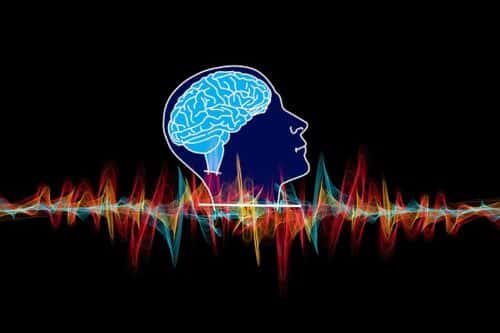Researchers at Brigham have developed a powerful computational tool for understanding brain health and disease that provides an enhanced way of fingerprinting sleeping brain activity

Sleep spindles are a significantly important set of sleep brain wave events. These spindles are short oscillation waveforms, usually lasting less than two seconds, that is linked to our ability to convert short-term memories to long-term memories. Alterations in spindle activity are correlated with numerous disorders such as schizophrenia, autism, and Alzheimer’s disease, as well as with natural aging. Previously, brain activity during sleep was studied using the electroencephalogram, or EEG, which measures brain waves at the scalp. Scientists used to study sleep EEG by observing the traces of brain waves drawn on a paper tape by a machine.
To simplify the traditional process, the team led by Harvard Medical School researchers at Brigham and Women’s Hospital, in collaboration with investigators at Massachusetts General Hospital and Beth Israel Deaconess Medical Center has developed a new approach to automatically extract tens of thousands of short spindle-like waveform events from EEG data collected throughout an entire night. The new method extracts tens of thousands of electrical events from the brain waves of a sleeping person. Information from these waveforms is then used to create a picture of brain activity that is similar to a fingerprint that is unique for each person and consistent from one night to the next. And instead of looking at the waveforms in terms of fixed sleep stages — wake, REM, and non-REM sleep stage 1 through 3 — as standard sleep studies do, the researchers characterized the full continuum of gradual changes that occur in the brain during sleep.
First and senior author of the study, Michael Prerau, HMS assistant professor of medicine at Brigham and Women’s, said that “this work expands the way we can look at brain activity during sleep. By moving beyond traditional notions that break up the complex continuum of sleep into specific categories and waveform classes, we can reveal new types of signals and dynamics that may be important for understanding brain health and disease.”
During experimentation, the team collected the data and created graphical representations called slow oscillation power and phase histograms, which provide powerful visualization of the activity of all the waveforms as a function of continuous sleep depth and synchronized activity in the cortex.
“This further demonstrates the richness of the information that traditional, manual scoring leaves on the table,” said co-author Shaun Purcell, HMS associate professor of psychiatry at Brigham and Women’s
The researchers aim to enhance their study for understanding other neurodevelopmental disorders characterized by differences in sleep, such as autism and pediatric epilepsy. If the accuracy is improved to characterize the individual differences observed in both neurological health and disease, this could result in improved diagnostics and treatments.








